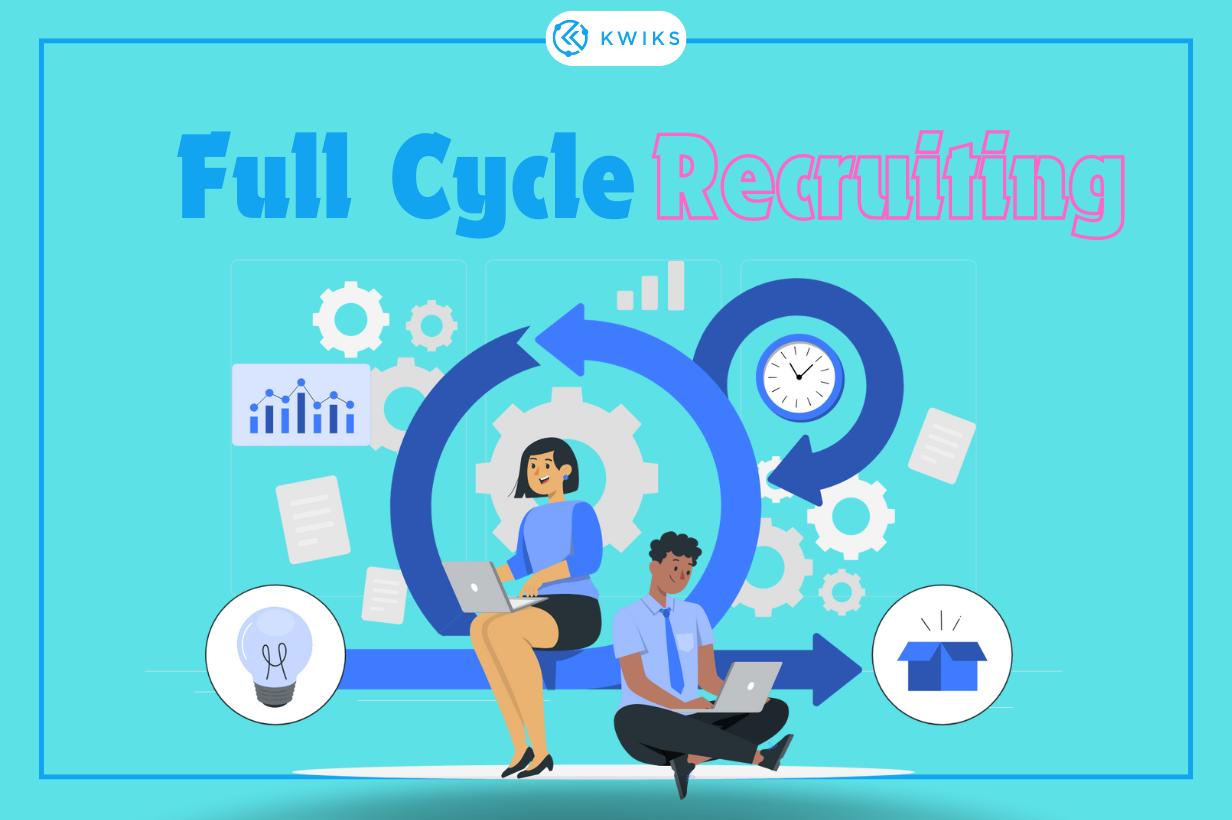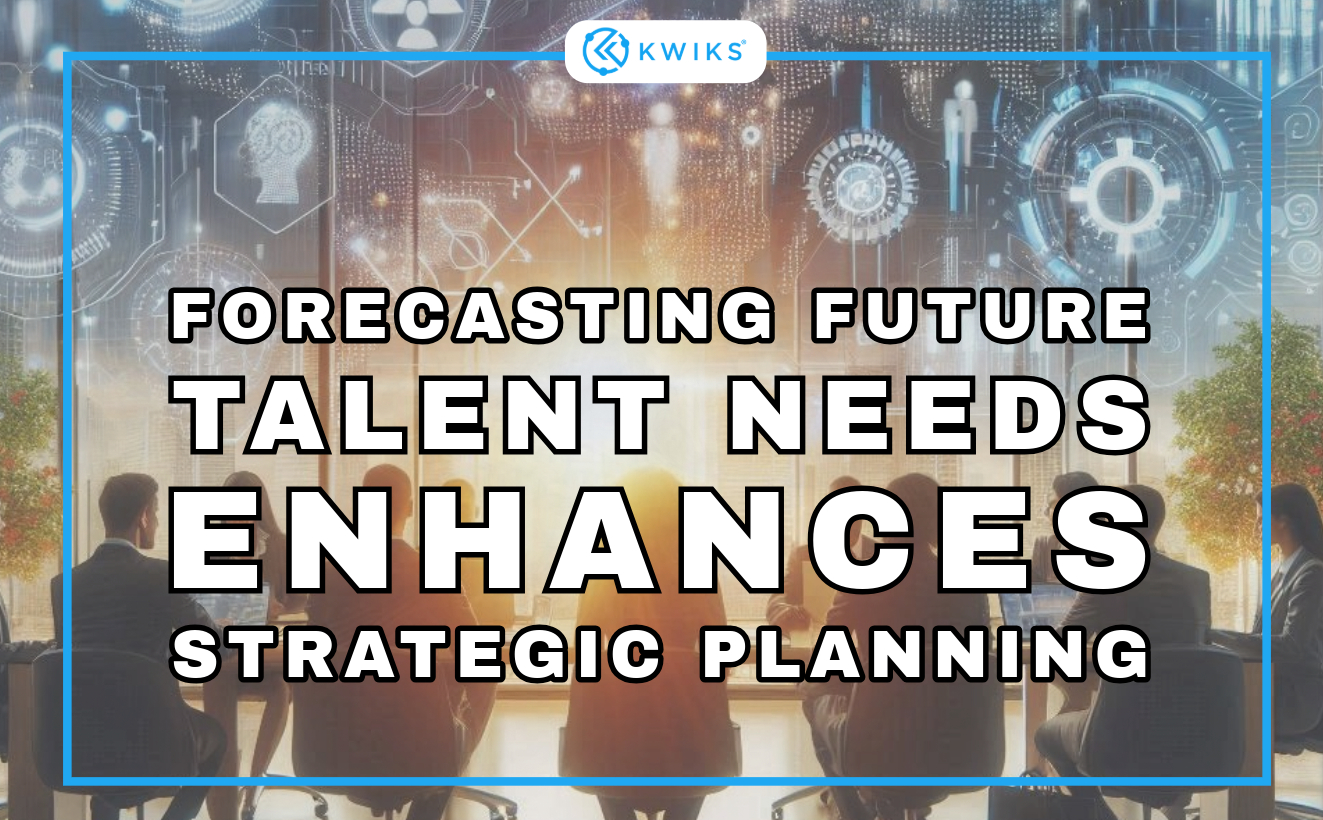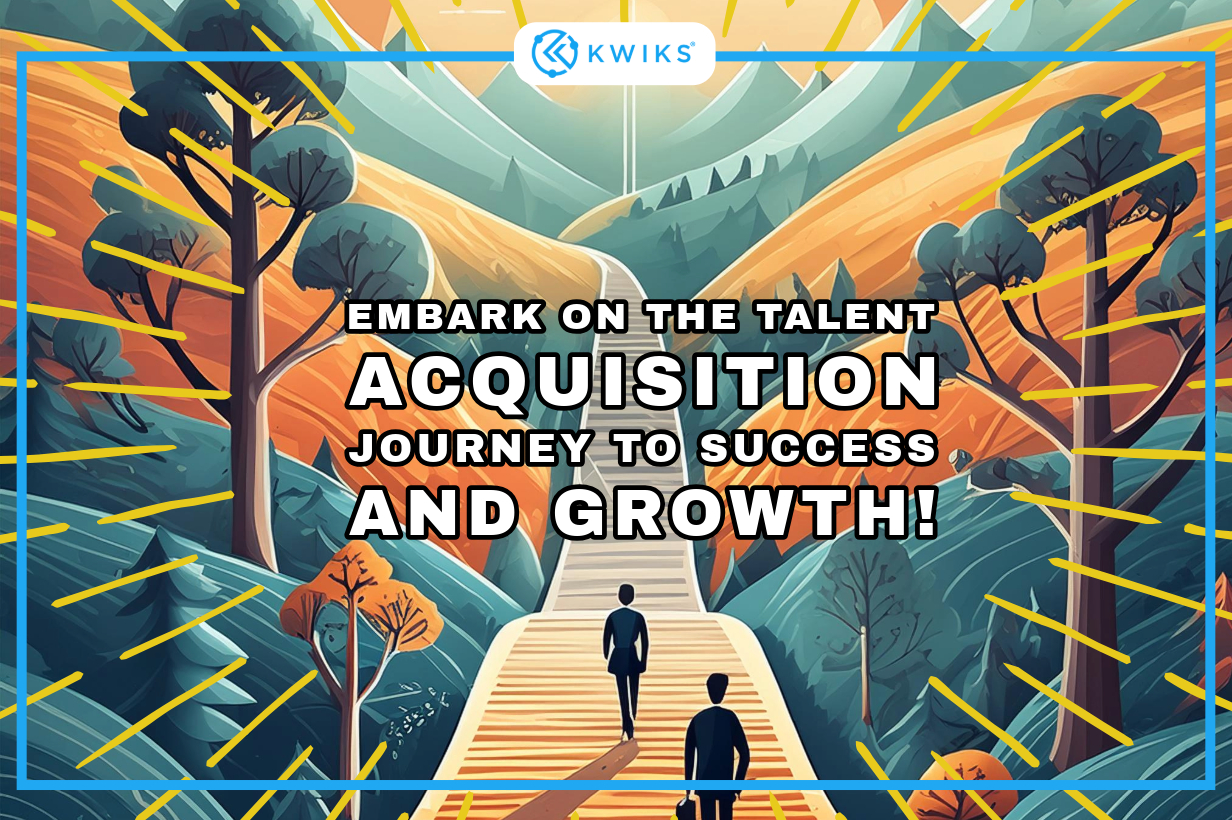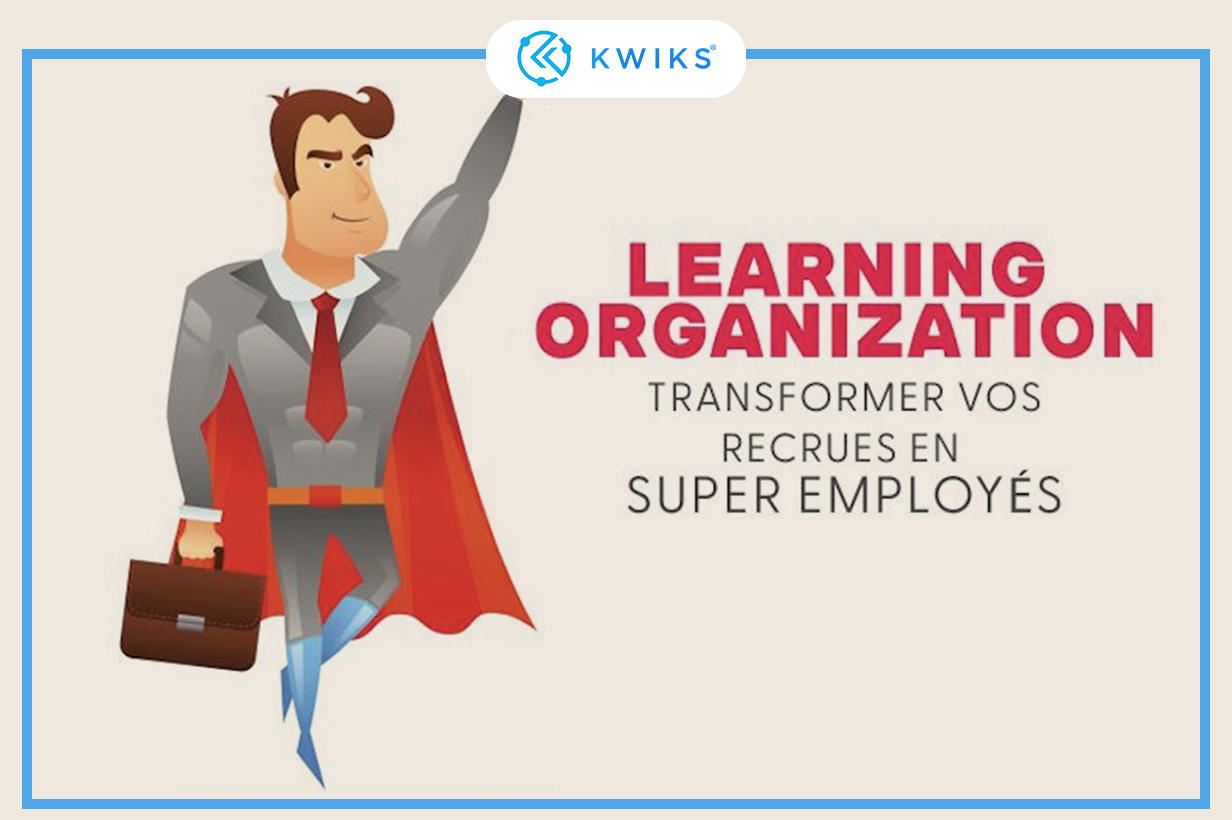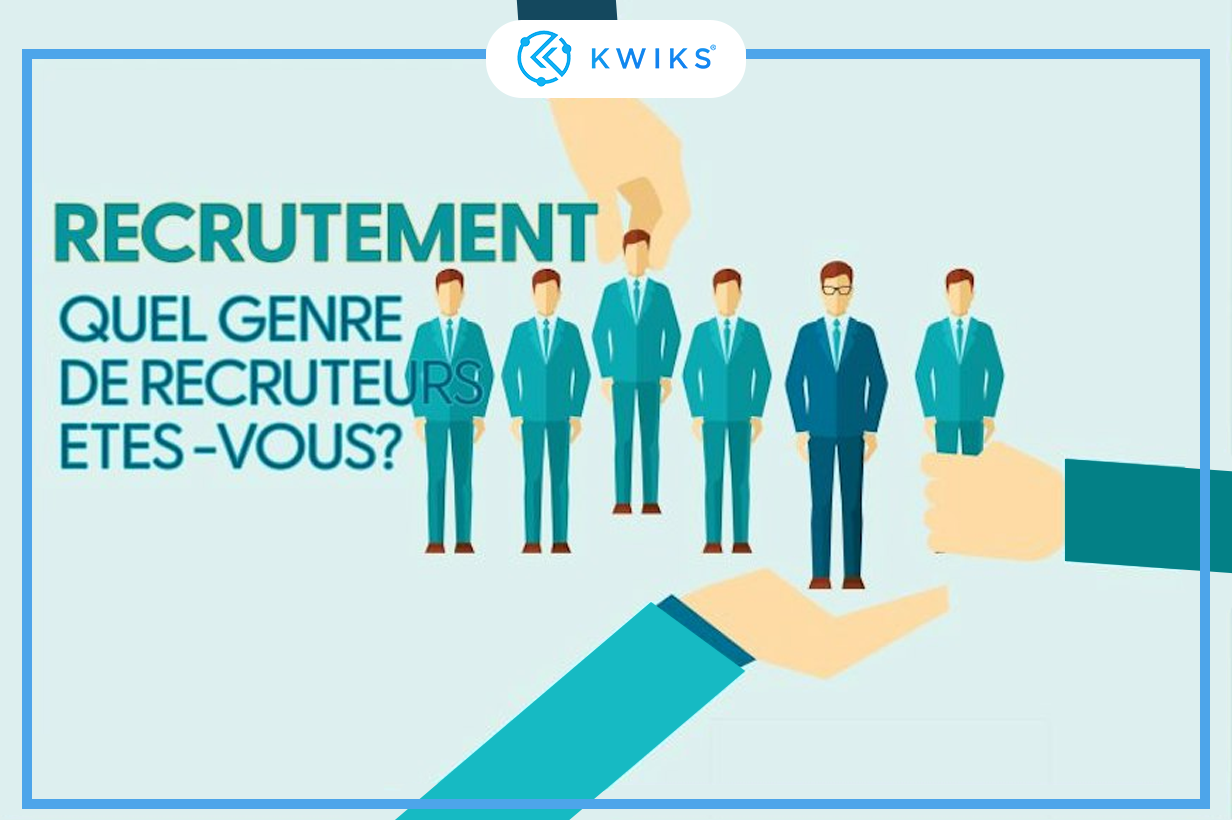
Work Motivation Drivers
- administrator
- November 15, 2023
Employee motivation is a key determinant of a company’s performance. Today, we are witnessing a real crisis of motivation, not only among workers from Generation X, who are said to be more focused on finding meaning in their work than their predecessors. The company’s leadership, represented by its HR function, has the task of assessing the level of individual motivations. Above all, it must propose effective levers to positively influence motivation if it wants to retain its top talent.
There are two main theories of motivation that oppose each other: those related to content and those related to behavioral processes.
- Content-based motivation theories aim to directly encourage an individual to adopt a certain behavior. Maslow’s hierarchy of needs is the archetype of the content-based motivation approach and is traditionally used as an illustrative model.
-
On the other hand, process-based behavioral motivation theories explain how an individual manages to motivate themselves. Among the most commonly used theories to highlight this concept is the VIE theory by psychologist V. Vroom (Valence-Instrumentality-Expectancy). According to the VIE theory, individual motivation is determined by three interconnected factors:
- Expectancy, expressing the individual’s anticipation of the outcome based on their own efforts;
- Instrumentality, representing the probability or likelihood that individual efforts will result in a reward;
- Valence, a mathematical term representing the concrete or symbolic value of the reward in relation to the efforts made.
There are numerous workplace motivation levers: compensation, career advancement, management, corporate culture, organization and work methods, as well as quality of work life, well-being, and work-life balance.
- Recognition, a crucial motivation lever.
- Workplace well-being, a source of motivation not to be overlooked.
- Self-fulfillment, the ultimate motivation factor.


